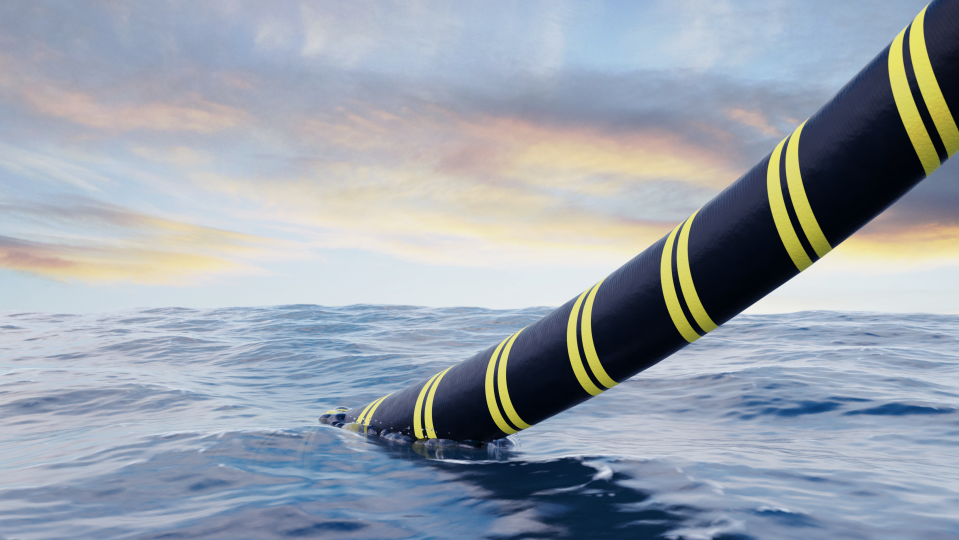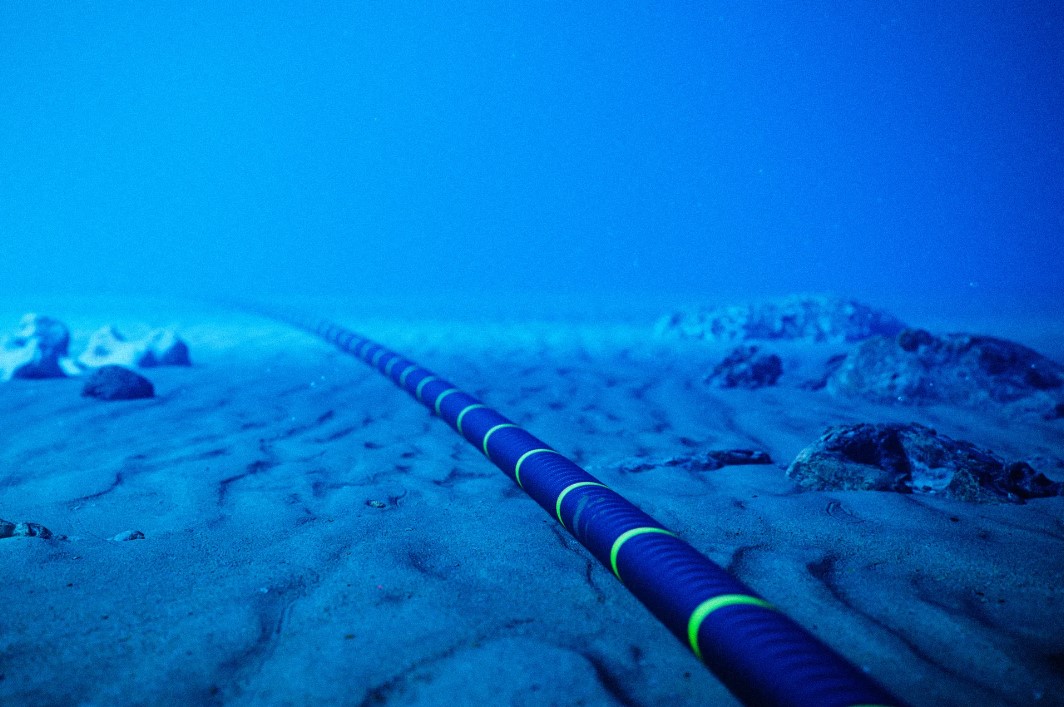Finnish Defense Minister Antti Häkkänen recently urged NATO and the European Union to significantly bolster their efforts in protecting undersea cables and other critical infrastructure from hybrid threats. Speaking to POLITICO after the EU Foreign Affairs Council meeting, Häkkänen emphasized the need for more proactive security measures to safeguard these vital assets.
His comments followed a discussion on hybrid threats, which are increasingly targeting Europe’s infrastructure, including undersea cables that are essential for communication and energy.
Häkkänen’s statement came in response to a reported incident involving damage to an undersea internet cable connecting Finland’s Santahamina to Rostock, Germany. Finnish network company Cinia confirmed the damage, prompting political concern in both Berlin and Helsinki.
Germany’s Defense Minister Boris Pistorius labeled the incident as “sabotage,” and Häkkänen suggested that Russia, known for its capabilities in conducting sabotage operations, could be behind the attack. He stressed the importance of investigating the event from the perspective of possible malicious interference.
The nature of attacks on undersea cables was described by Häkkänen as a new and difficult-to-prevent challenge. He noted that such infrastructure, located on the seabed in international waters, is especially vulnerable and difficult to protect.

Finland Urges NATO and EU to Strengthen Security for Undersea Cables Amid Growing Hybrid Threats
This vulnerability makes it challenging for Western nations to defend against attacks that could disrupt communication and energy supplies across the region. Häkkänen acknowledged that preventing these types of attacks would require significantly increased efforts in security coordination and technology.
In addition to Häkkänen’s remarks, a joint declaration from several European foreign ministers highlighted the growing threat posed by Moscow’s hybrid activities. Germany, France, Poland, Italy, Spain, and the UK issued a warning about the unprecedented scale of these activities and the potential risks they pose to European security.
This joint statement underscored the need for a unified approach to counter these threats, which now include sabotage attempts against critical infrastructure such as undersea cables.
The situation is further complicated by reports from Swedish media, which revealed that satellite images showed a Chinese vessel near the site of the cable damage. Danish naval vessels reportedly tracked the Chinese ship in the Baltic Sea, raising suspicions about the involvement of non-European actors in the sabotage of critical infrastructure.
This marks the second major incident of damage to Baltic Sea infrastructure in less than a year, following attacks on telecom cables and the Nord Stream gas pipeline. These recurring incidents highlight the ongoing security risks in the region, with international waters increasingly becoming a focal point for hybrid warfare.











































